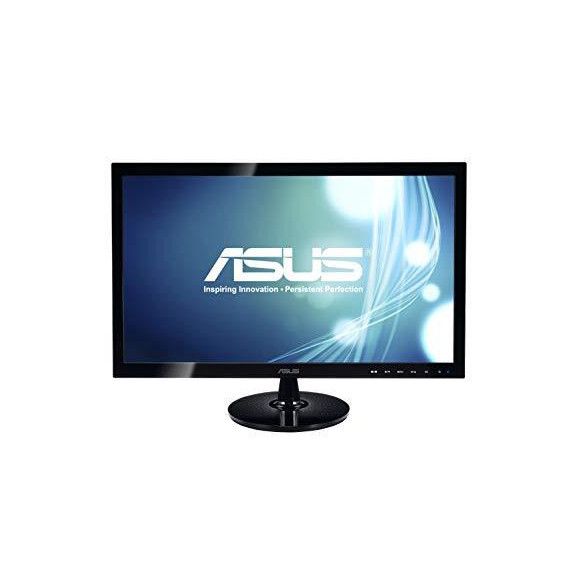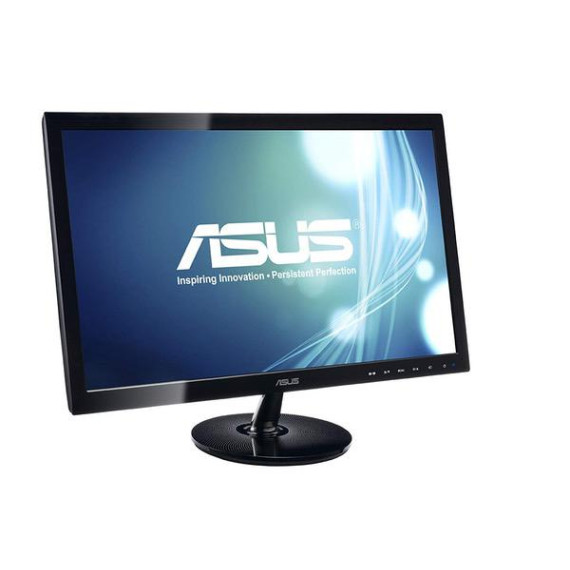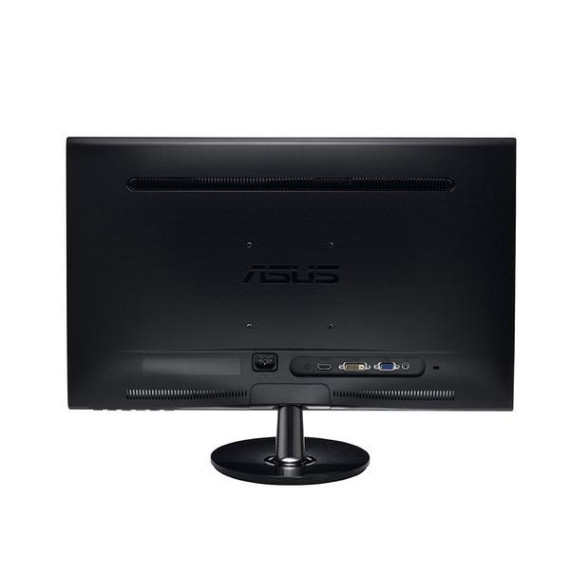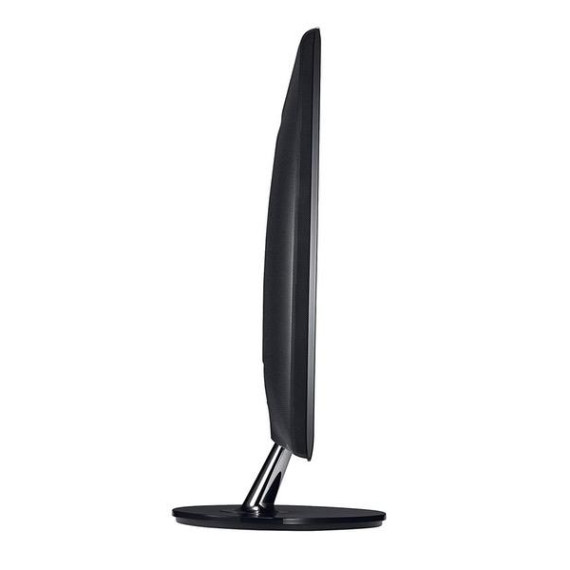Nazosan
I do wish it didnt default to full brightness among other things. That full brightness default is really really bad and probably will cause light bleedthrough and other such things to be far worse in a far shorter time than it should be. I googled around a bit (I dont have proper calibration tools) and read a review that said to set it to standard mode with 99, 96, 100 colors with a brightness around 35-40% (I ended up finding 35 to be the best balance.) The default contrast of 80 was about right, but I found it a bit easier on my eyes to go down slightly to 75%. With this its about as close as its going to get without needing special adjustment software to get white balances and such exactly right. It should default to something closer to this sort of level and let people adjust away from ideal to suit their tastes rather than having to adjust towards ideal. If they do this for the sake of store displays (and come on, who puts an IPS panel like this up in a store display?) then it should simply have a store display mode like most devices have that set settings appropriately. But I wont knock off a star for bad default settings. Its a matter of a few minutes for the user to adjust settings after all (though quite a few more to figure out what actually is right. Still, their sRGB mode isnt too bad as far as presets go.) Thats just a minor annoyance. Similarly, I will state that actually operating the menus is very confusing with the button layout theyve chosen (plus it would be nice if the buttons were on the side -- or perhaps just the up and down) but again, thats something you do once when you first get it and likely never again. Putting that aside, everything else is just wonderful. Obviously youre not getting a true professional photographer level IPS panel display here, but for this price range youre getting shockingly close. Given that this is priced almost exactly the same as a TN panel display of comparable quality (or less even) its simply an amazing bang for the buck choice. The colors are far far better (not "more saturated" just clearer and more accurate,) the grays (lines and etc) look better, and blacks even look blacker (I didnt even realize how bad my old TN panel display was at blacks! And it was LED backlit too, so it has no excuses at all.) Also, on my previous TN panel display I could see the dithering it was using every time I did anything with a lot of motion such as moving a window around. It drove me insane. No visible dithering here. Probably it has to compensate less since it can more accurately produce a wider range of colors. That or its just a heck of a lot faster in its dithering such that my eyes simply cant pick it out. I was a bit concerned about the latency rating. After some study Ive come to realize that latency ratings are very poorly reported anyway however. In fact, most TN panels claiming as low as 2ms latency can still be closer to 10ms in aggregate rating (its not just about one color to a similar color, but large changes particularly when changing brightness of a pixel significantly.) Anyway, one of the first things I did after I stopped wowwing at how much better everything 2D looked was to fire up an old game, Unreal Tournament 2004. Now, you might be thinking "oh, thats an older game. Its not pushing things as hard as a newer game would do!" Actually, in respect to testing a monitor its just the opposite. Newer games are slower paced with slower movements (more body awareness in particular) and generally lower range movements with smoother animations. In other words, a newer game is designed to change less per frame than an older game. (In fact, many go so far as to enforce a 30 FPS framerate limit. Then they change even less obviously...) Unreal Tournament 2004 can get extremely fast-paced with many movements being done more by a quick very slight flick of the wrist on a good high DPI mouse (and I disable mouse smoothing and acceleration and set USB polling higher for as close to a 1:1 response as I can reasonably get -- thankfully my drivers support disabling it for the system since you cant simply hack the USB driver DLL anymore with Windows versions past XP) and I started up an "instagib" session where a single shot with the "laser" style weapon is enough to kill -- or be killed. This requires one to move fast and act faster. In other words, I tested this screen with a _LOT_ of motion. If there was any ghosting at all, it was beyond my eyes to pick it out. The game ran just beautifully with me having absolutely no problems whatsoever (other than being a bit out of practice.) Oh, and it looked a heck of a lot better than it used to (too bad I had gotten rid of my CRT in favor of a TN panel back before 2004.) In fact, Id go so far as to say that the better handling of blacks makes it much clearer in games where sometimes you might have a lot of shadows in some areas. Also a plus is the fact that it supports not only DVI, but VGA and HDMI as well. With HDMI audio is output to a line output audio jack (analog only I think) so it actually can handle audio (which is more than most monitors with no speakers can do.) Obviously thats inconvenient if you rely on HDMI for audio, but overall its actually the best possible way a display like this could possibly handle HDMI without actually having speakers and frankly Im impressed that they thought of it. Hopefully not many people rely on HDMI audio with computer systems anyway, but I am thinking of connecting a Roku stick to it some time just to enjoy how much nicer it would look on this screen. I dont recommend this for a professional CAD designer or photo editor to use on a regular basis, but for this price range I can safely say that this screen would be a beautiful replacement for all the TN panel displays people are buying.


















